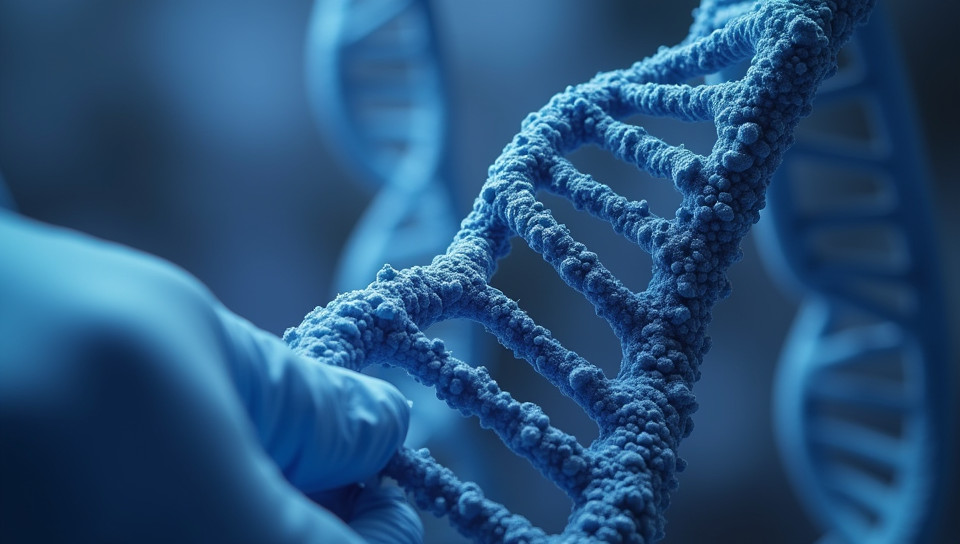Scientists use CRISPR to edit genes 95%

The Future of Genetics: Scientists Use CRISPR to Edit Genes
Imagine being able to cure genetic diseases, create more sustainable crops, and even bring back extinct species. Sounds like science fiction? Not anymore. The breakthrough technology known as CRISPR (Clustered Regularly Interspaced Short Palindromic Repeats) is making it possible for scientists to edit genes with unprecedented precision.
What is CRISPR?
CRISPR is a gene editing tool that allows researchers to make precise changes to the DNA of living organisms. It works by using an enzyme called Cas9, which acts like a pair of molecular scissors, cutting the DNA at a specific location and allowing scientists to replace or modify the genetic code.
How Does CRISPR Work?
Here are some key ways in which CRISPR works:
- Identifies specific sequences of DNA
- Cuts the DNA at those locations
- Allows researchers to insert new genetic material
- Repairs the DNA by sealing the cut with a small piece of genetic material
Applications of CRISPR
The potential applications of CRISPR are vast and varied. Some examples include:
- Treating genetic diseases: By editing out the faulty genes responsible for inherited disorders, scientists hope to create treatments that can cure conditions like sickle cell anemia and cystic fibrosis.
- Creating more sustainable crops: CRISPR can be used to introduce desirable traits into crop plants, such as drought resistance or improved nutrition.
- Bringing back extinct species: By editing the DNA of existing animals, scientists may be able to create organisms that are genetically identical to extinct ones.
Ethics and Regulation
As with any powerful technology, there are concerns about the ethics and regulation of CRISPR. Some worry that it could be used for nefarious purposes, such as creating "designer babies" or spreading disease. Others argue that it is too early to regulate CRISPR, and that we need more research before implementing rules.
Conclusion
The future of genetics is here, and it's being shaped by the revolutionary technology of CRISPR. With its ability to edit genes with precision and ease, scientists are unlocking new possibilities for treating disease, improving crops, and even bringing back extinct species. As we continue to explore the potential of CRISPR, we must also ensure that we do so responsibly, taking into account the ethics and regulations necessary to safeguard our future. The possibilities are endless, and it's an exciting time to be alive in this rapidly evolving field.
- Created by: Vedant Sharma
- Created at: Jan. 13, 2025, 12:43 p.m.
- ID: 17710

